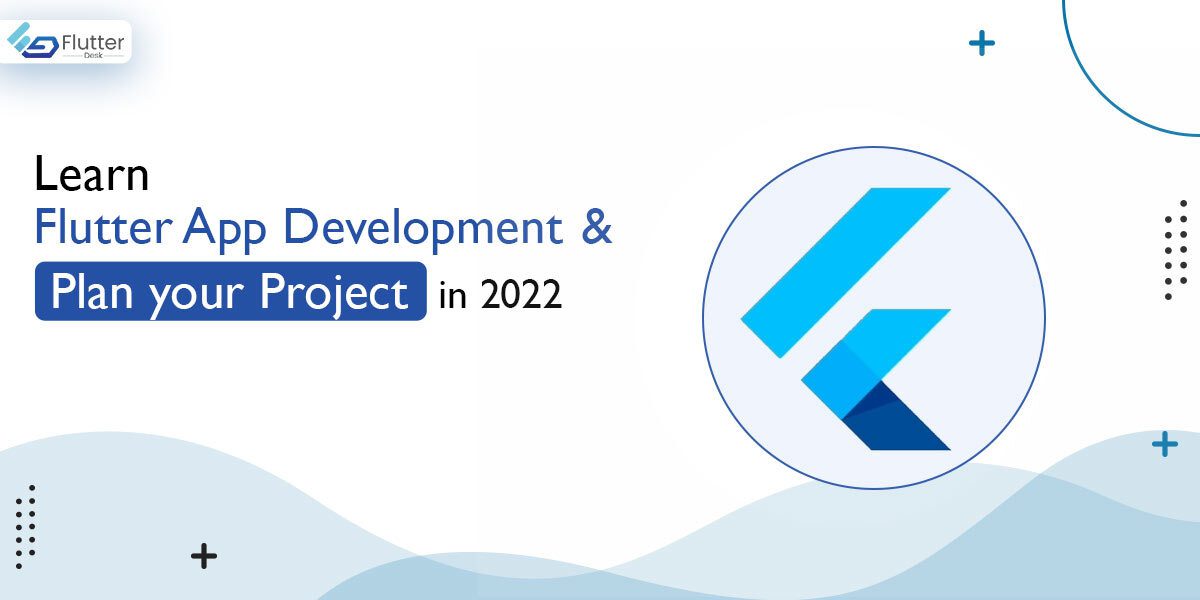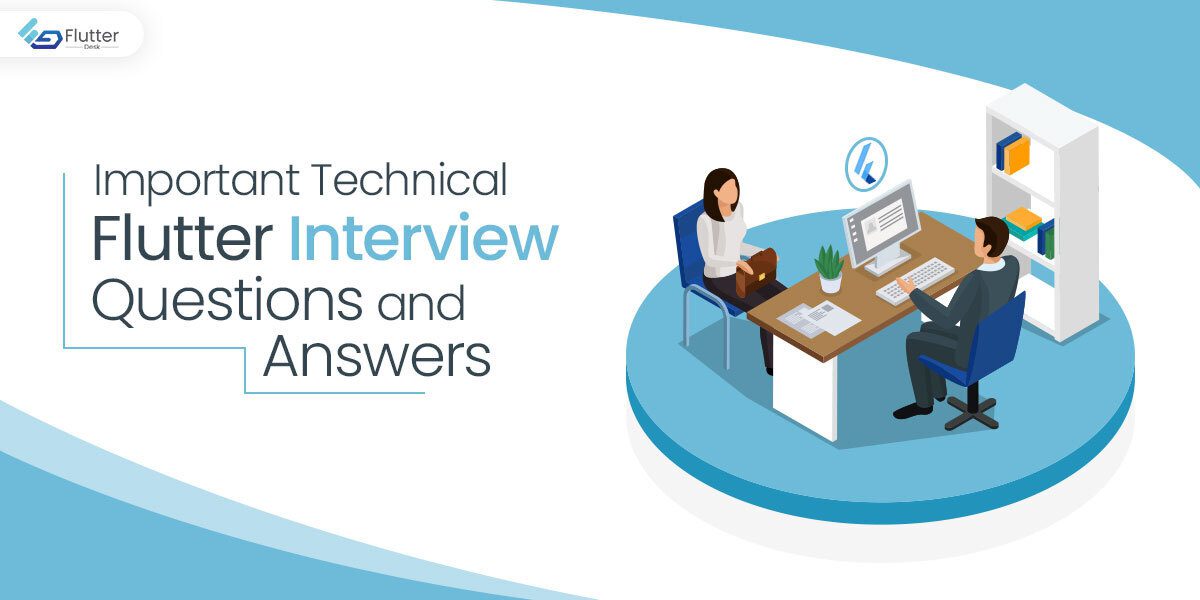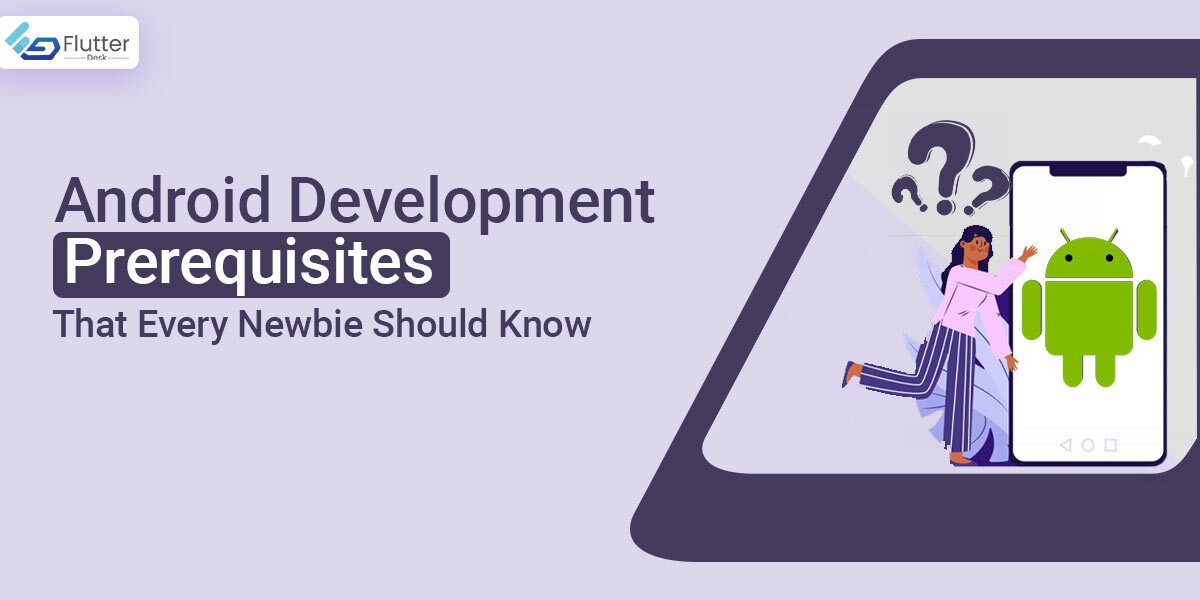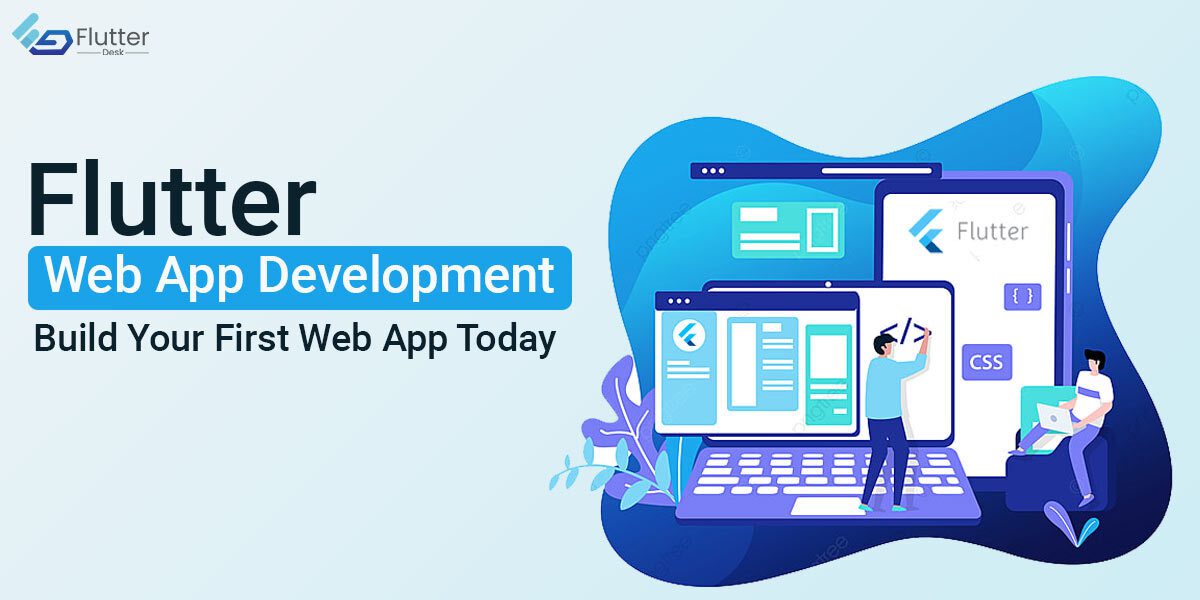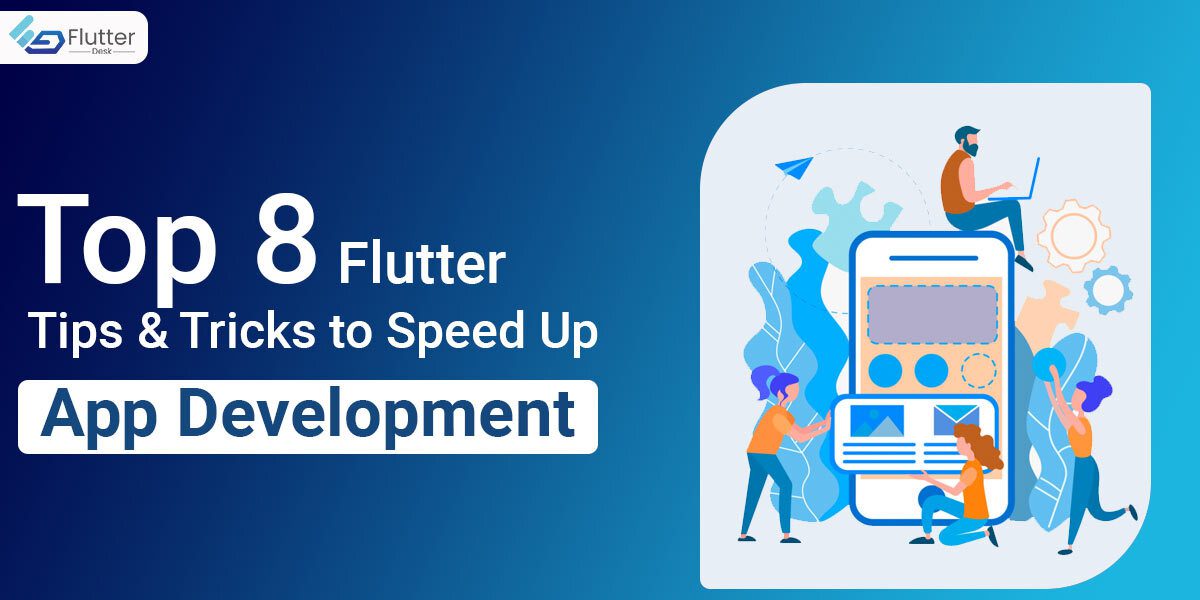If you have a great application idea, you might be thinking about what could be the best way to bring that idea to life. You might think of using native SDKs but that is time and cost-consuming as you will be coding twice, for both Android and iOS. Because depending on the OS and device, you’ve to write native frameworks in different languages. So, in case you cannot afford to hire two different flutter developers teams for your app, your best option is to use a cross-platform SDK. The two most popular hybrid frameworks designed for this purpose are in close comparison: Flutter vs React Native. Both are free, open-source frameworks offering a large variety of options. They are also growing continuously and coming up with new updates to overtake the competition. So which of these cross-platform solutions is the best option for you? We have compiled a brief list of key differences between the two to help you make an informed decision. Flutter vs React Native – Key Differences When it comes to Flutter app development Services, there is no compromise on quality, speed, and performance. And along with Android and iOS, Flutter has also extended its support to Linux, Windows, macOS, Fuchsia, and web app development. React Native, created by Facebook, supports cross-platform app development on mobile, web, and desktop. But React Native has a huge advantage because of the programming language it uses – Java Script. Since it’s a common language as compared to Dart, developers find it easier to shift to React Native. Moving towards the comparison of Flutter vs React Native, you can consider the following points for your app development. Dynamic vs Static Programming The two SDKs share numerous similarities, but the core difference between the two is the programming language. Dart, used by Flutter, is a statically typed language with a little perk of dynamically typed languages. JS on the other hand is dynamically typed. Now there are two major differences between dynamic and static typing. The first is that a dynamically typed language performs type-checking during the runtime. Whereas a statically typed language performs type-checking during the compilation, making it a much safer option. So, with Dart, you can enjoy a sound-type system with its combination of static and runtime checks. This assures that an expression of one type cannot produce a value of another. Development Tools and Documentation React Native was launched in 2015 so it has more maturity than Flutter. As a result, it has excellent documentation for app developers. But it isn’t straightforward and some important features like navigation are not structured properly. Flutter’s documentation is brief but rich, well-formatted, detailed, and structured. It is also much easier to navigate. React Native is not that detailed as its major focus is on mature developers. But Flutter’s guides accompany video tutorials as well as graphics so that even a beginner can learn it fast. Furthermore, Flutter has several development tools for your assistance in app development, including Flutter inspector and debugger. Architecture In React Native, the programming language communicates with native modules through the JavaScript bridge. The two sides communicate through JSON messages. Even though the messaging is asynchronous, the bridge affects the rendering speed and can cause a lag in UI at the end. Flutter, however, communicates directly with the native components. Because it has everything packed in itself including frameworks like Material Design and Cupertino. Because of this advantage of Flutter app development, Flutter apps are more stable on different platforms. Project Size Regarding project size, Flutter needs a minimum of 2GB of available disk space. And since Flutter has a large build size, the default app size can exceed 60MB. Meanwhile, the size of React Native apps can be reduced from 26.1MB to 3.1MB by enabling ProGuard and Hermes. This makes React Native a preferable option for mobile app development. Productivity and Code Reusability Both Flutter and React Native share the feature of Hot Reload (Fast Refresh in React Native), allowing you to make quick iterations and get updates easily. This speeds up the development process. Additionally, React Native has high code reusability and its dev community has also built a lot of libraries that serve as building blocks. Flutter’s libraries may not be as rich but it offers faster compilation and less testing time. Flutter also contributes to code reusability through its highly graphical and intuitive user interface. Debugging The process of debugging can be quite complicated in React Native. This is one of the aspects that makes it less desirable for developers. Debugging can get more problematic if there is an error or a specific exception to the native part of your application. Because on the native side, there is a chance that the bug can come from React Native or third-party libraries. The users of React Native prefer to use Flipper for debugging mob applications. In Flutter, you can use Flutter Inspector which will help you debug the visual layer of your application by showing why it looks the way it does. Also, Flutter provides the aid of different debugging tools like DevTools and OEM Debugger that support app development in Visual Studio and Android Studio. Packages and Libraries Comparatively, React Native’s ecosystem is bigger than Flutter’s because of its repository of packages – node package manager (npm). Npm has been around for a long time and it is mainly geared around web development. You can also adopt some of the libraries to React Native apps. However, there is a downside here. Many of the available libraries are low quality and barely useful in production while some packages have been abandoned altogether. So you have to tread carefully. Flutter’s Packages pub-dev, although quite young with fewer read-made solutions, has grown enormously since its launch. Since June 2022, Flutter stands at 389,762 repositories and the launch of Flutter 3.3 has further expanded this repository. Whereas React Native has 300,521 repository results. Community Size and Support Both Flutter and React Native platforms have the support





